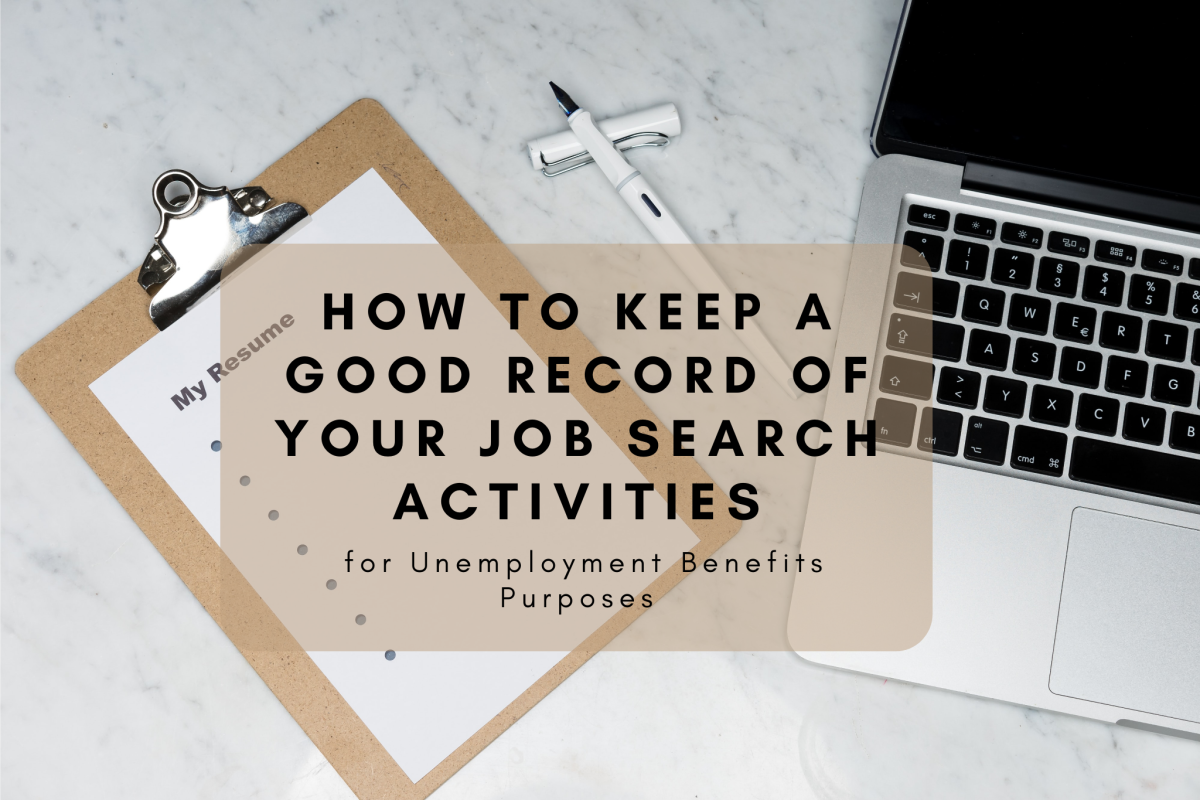- HubPages»
- Personal Finance»
- Tax & Taxes»
- Tax Advice
Passive Activity Rules: Loss Limitations and Carryovers
The complexity of passive activity rules carries the real risk of an IRS audit if handled incorrectly. In this article we will identify passive activities, material participation, at-risk rules, the special rules for rental activities and the phase-out of allowed losses for rental activities. Passive losses can be offset against passive income only under Section 469.
A taxpayer can deduct up to $25,000 for rental losses in certain circumstances. At-risk limits apply to passive activities not at risk before passive loss limits. Under at-risk rules a loss may be deductible or suspended under passive loss rules. At-risk limitations are reported on Form 6198; passive activities on Form 8582.

Activity Class
There are three types of activities:
Passive Activity: Investment in a trade or business with no material participation. This includes most rental activity and limited partnerships.
Nonpassive Activity: A trade or business with material participation, including real estate professionals.
Portfolio Income: Includes dividends, interest and royalties from stocks, bonds, and bank accounts.
How do you handle passive activity rules?
Material Participation
Material participation in a trade or business is active if you meet one of seven criteria set out by Reg §1.469-5T:
-
You spend more than 500 hours participating in the activity.
-
You are the only one that substantially participates in the trade or business.
-
You spend more than 100 hours at the trade or business and no one else puts in more hours.
-
The trade or business qualifies as a “significant participation activity” and all significant participation activities exceed 500 hours.
-
You meet the material participation requirements for five or more the last ten years.
-
The activity is a personal service activity, such as: law, accounting, health, consulting, performing arts, engineering, architecture, actuarial services, or any business where capital is not the income producing factor.
-
The facts and circumstances indicate you participated in a regular and continuous manner for over 100 hours during the year.
- 5 Steps to Retire Rich
From the beginning of my tax practice in 1982, I noticed people with serious wealth, defined as a liquid net worth of $10 million or more, have certain similar traits. Books have been written on the subject... - 9 Best Tax Software Programs
Before you choose an online tax preparation company, review the pros and cons of each of the major players below. The advertising blitz is on for your tax preparation dollars. The best deals, however, are...
At-Risk Rules
A taxpayer must suspend losses if not at-risk. To determine the amount at-risk, add:
-
Cash investment and adjusted basis of contributed property, and
-
Borrowed funds, including debt personally liable for.
Special care must be taken when dealing with an S corporation. Debt basis is handled differently in an S corporation than in a partnership.
Special limitations apply to at-risk borrowed funds. Nonrecourse debt never counts toward debt basis and money borrowed from another person with an interest in the activity is disallowed after May 3, 2004.
Special Rules for Rental Activity
Rental real estate is always a passive activity unless you are a real estate professional. Rental activities are allowed a $25,000 passive loss per year against other income. These rules apply:
-
You or your spouse must have active participation in the rental activity. You must own at east 10% of the rental property. Management decisions, such as: approving tenants and hiring contractors for repairs, count toward active participation.
-
Loss must be aggregated with all rental property, gainers and losers.
-
Limited partners cannot meet the active participation test.
- The Real Estate Professional and the IRS
Real estate professional rules can reduce taxes significantly. The rules are complex, but worth the effort. Losses over $25,000 are allowed the real estate professional.
Phase-Out
Rental activity losses begin to phase-out when modified adjusted gross income exceeds $100,000 at a 50% rate. Once MAGI hits $150,000 the loss allowance is reduced to zero.
Conclusion
Passive activity rules are complex. A competent tax professional should be sought out to handle these advanced tax issues. Use this article as a refernece when discussing the issues with your tax professional.
Bookmark and link this article for future reference on passive activity rules. Share your experiences below in the comments section.








